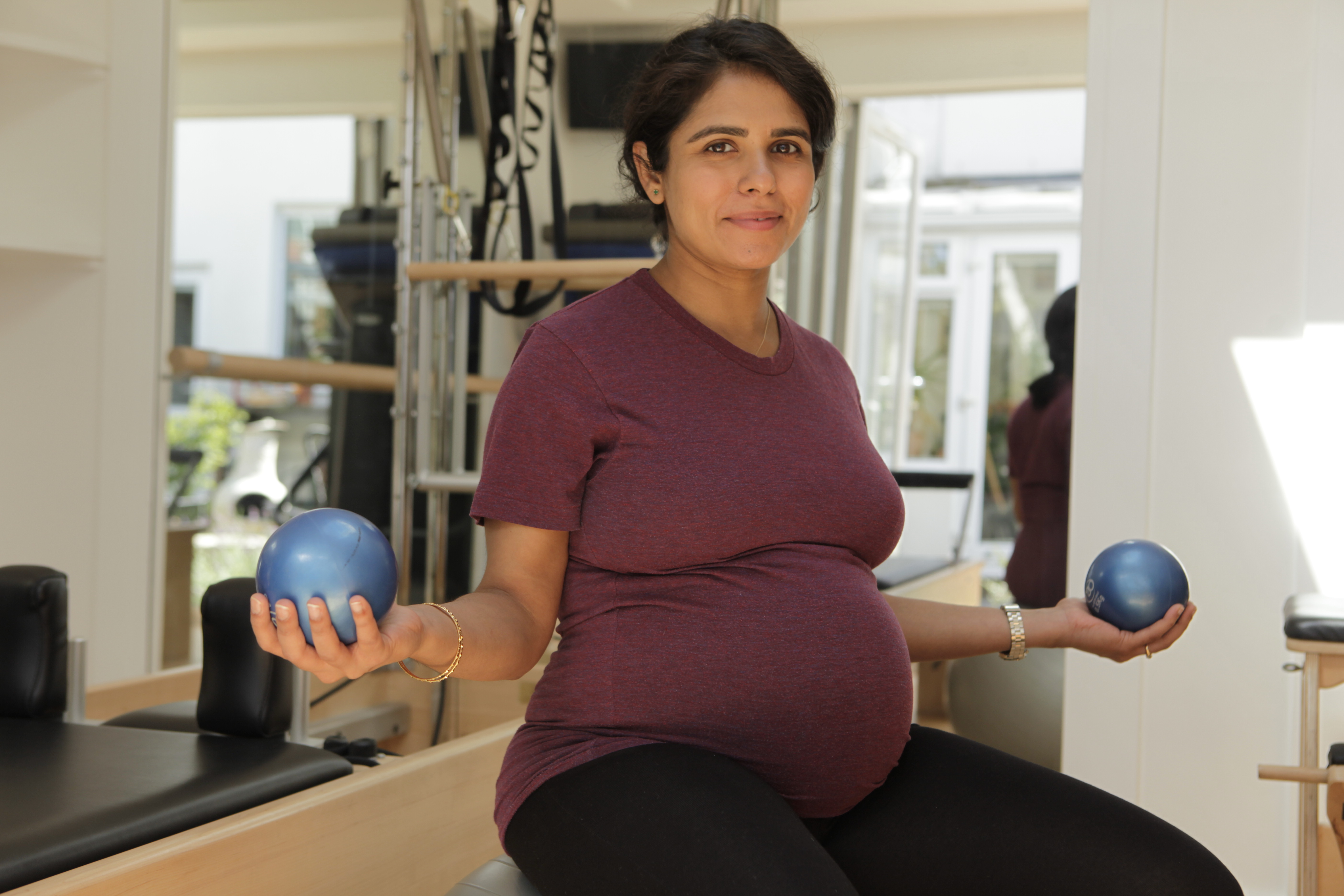The Pilates technique was developed by Joseph Pilates (1883-1967). It is a movement and exercise system which falls under the category of mind-body exercise. It aims to create a well balanced, strong and supple body. The technique improves posture and general wellbeing. It also enhances our performance of day to day movements, it changes how we move, and is widely used for sports specific training and for rehabilitation after injury and operations.
Pilates is done on mats with small equipment such as hand weights and balls, and on specialised resistance based Pilates equipment.
Because of its adaptability, it suits all age groups, genders and abilities.
The Pilates method is a very safe form of exercise:
Particular exercises are chosen and adapted to suit the individual’s needs. Many exercises are performed lying down or sitting. Because of its adaptability and effectiveness the method is very successful in rehabilitation after injury, surgery and childbirth, and it is widely used by physiotherapists as part of their treatment protocol. For these reasons it is also an excellent form of exercise for people with special conditions such as pregnancy, spinal and joint conditions, arthritis, joint replacements, MS, Parkinson’s and stroke.
Mind-body exercise:
The technique retrains the nervous system and helps improve our body awareness. It can also be enjoyed as a practice in its own right. It falls under the category of mind-body exercise because of the use of the breath and the intense awareness of the dialogue between the mind and the body. The particular focus on the breath calms the nervous system, releases tension and helps keep the spine more fluid and mobile. In combination with gentle mobilisations it balances the autonomic nervous system. After class you can therefore expect to feel calmer, but more energised, centered and mentally clearer. In this sense Pilates gives us resources to meet life’s challenges outside the studio.
Benefits:
- Improves posture and strengthens postural muscles
- Improves overall flexibility and mobility
- Improves fitness, body awareness, coordination and balance
- Rebalances our muscles
- Strengthens our abdominals and pelvic floor
- Protects the spine
- Increases awareness of the breath
- Injury preventative
- Relieves stress: Reduces muscular tension, leaves you feeling centered, energised and focused
- Is an effective form of rehabilitation after injury and sickness
- Is a helpful form of exercise for people with special conditions
- Perfect for post and pre natal women
- Can be challenging and fun
For further information please visit:
www.pilatesfoundation.com and www.pilates.com
History of Pilates:
The technique was originally developed by Joseph Pilates who was born in Germany in 1883. He was a sickly child who suffered from asthma, rickets and rheumatic fever. His determination to overcome these ailments led him to explore a range of sports and become a competent gymnast, diver and skier. Later, as an adult, Pilates moved to England where he worked as a circus performer, boxer and self-defence instructor for Scotland Yard.
During WW1 he was interned in the UK and spent time teaching his fitness methods to his fellow internees. He later boasted that it was due to his training that so few of the internees died during the influenza epidemic in 1918. Towards the end of WW1 Pilates served as an orderly at a hospital on the Isle of Man. It was during this period he started developing the idea of using the springs on the hospital beds to support and move the injured patients’ limbs. This idea later evolved into the specialised spring based Pilates equipment as we know today.
In the 1920s Pilates emigrated to the USA. On his journey over to America he met his wife Clara who became instrumental in the development of the Pilates Method. They worked together in their studio in New York, which soon became popular amongst dancers and performers at the time. It offered dancers the possibility to enhance their dance technique and recover after injuries. Many dance and movement pioneers at the time visited his studio including Martha Graham and George Balanchine.
Pilates was a very creative and determined man. During his life he continued to evolve his technique. He developed a large number of exercises and designed ingenious equipment to strengthen and train the body. His wife Clara, who also was a nurse, worked closely with him, giving the exercises names and adapting the repertoire to suit the individual.
